Lock Gear – Original Painting
Growing up near a canal. I’ve always been drawn to them. Though I should say, growing up near a derelict canal piqued my interest, and my curiosity, as the canal I grew up by was little more than a trickle. I wondered what they were like in the heyday. How they worked and how people managed with so little room in the working boats.
So, when offered the opportunity to stay on a boat on the canal, I took it. It was an enlightening experience. Travelling by canal is a unique experience. On no other boat are you so close to land that you can get on and off with ease. You can stop anywhere, within reason. Close to bridges and locks is prohibited, but that still gives you literally miles of freedom.
They are calmer than roads, and rivers, certainly, especially the wide rivers like the Thames. Travelling on the canal forces you to slow down. With a maximum speed of four miles an hour, more realistically, two to three miles an hour. It takes time to go anywhere. That’s the point from my perspective. If you get cabin fever, just hop off to go and explore or walk along the towpath. You won’t be far from the boat.
The reference image for Lock gear was taken some years ago. I think it’s on the Grand Union, but I can’t remember exactly where.* The focus is the winding gear, which raises the gate paddles to let the water out of the lock.
There may be a boat in the lock going down or beyond the bridge coming up? I can’t remember, so I’ll leave it to your imagination. This lock gear has seen some action, showing layers of chipped paint and rusty iron work. It still functions. These ones have a stop at the back. You flip it over as you begin and it works by allowing the gear to move up, but not down. There’s a telltale ratcheting sound as you turn the spindle with your Windlass. Windlasses are curious devices, you go nowhere without one. There are many reasons for not having handles permanently fixed on the working gears. Safety is one, and leaving a windlass on a spindle is never a good idea. The paddles will drop quickly if the locking latch fails and a windlass rotating at speed is dangerous enough on its own. But if it comes off, it does so with potentially lethal force.
So there you have it canals very, very peaceful, but with some very real dangers which are always to be treated with respect.
UPDATE: *Turns out it was the Rochdale Canal, Lock 92 by Bridge 101. The very canal grew up near.
Creation: Masking fluid is painted onto watercolour paper to create an image. This is covered with a watercolour wash and covered with clingfilm. The picture is further developed using acrylic inks once the film is removed. The masking is removed after several layers are added and allowed to dry. Revealing the final picture.

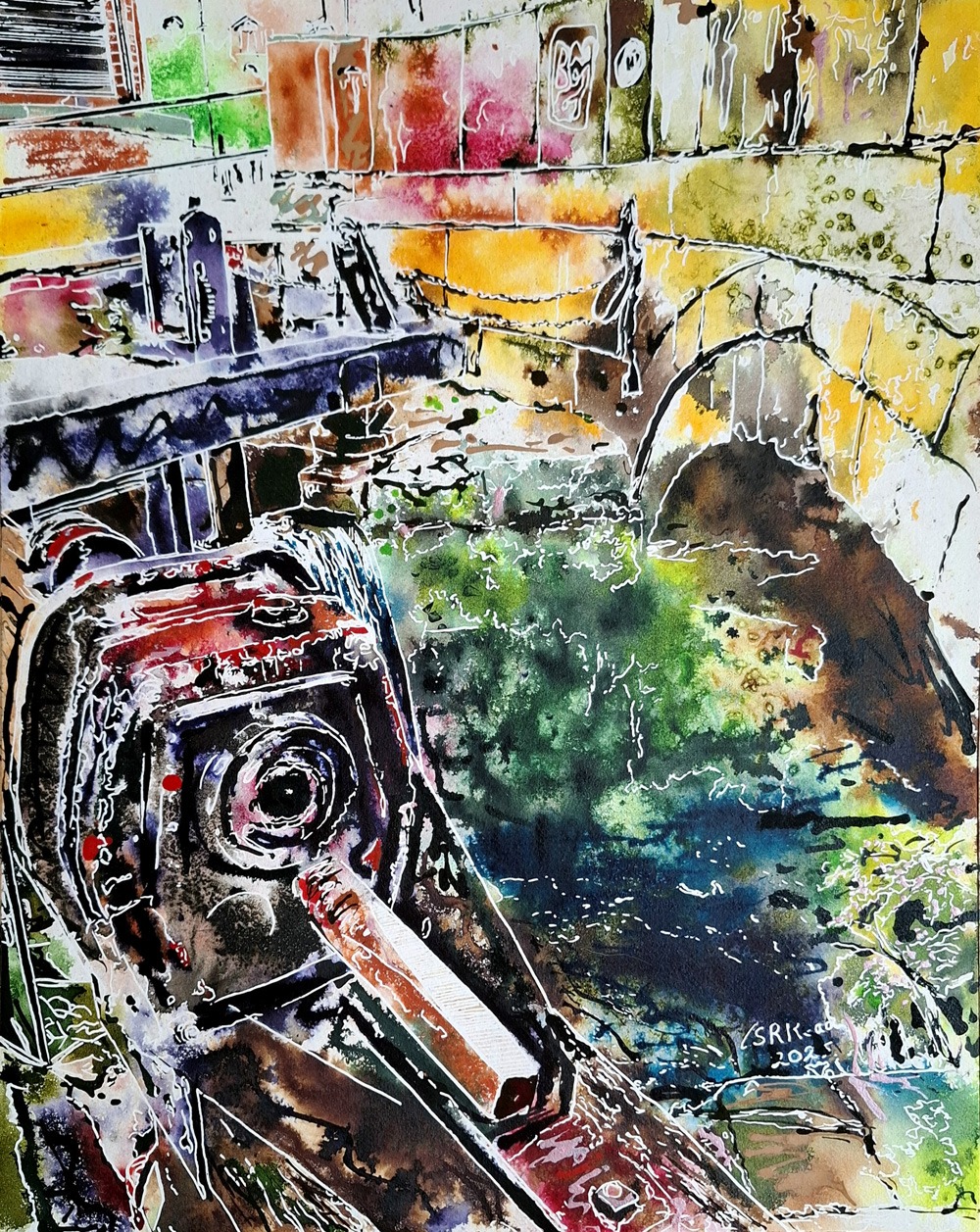
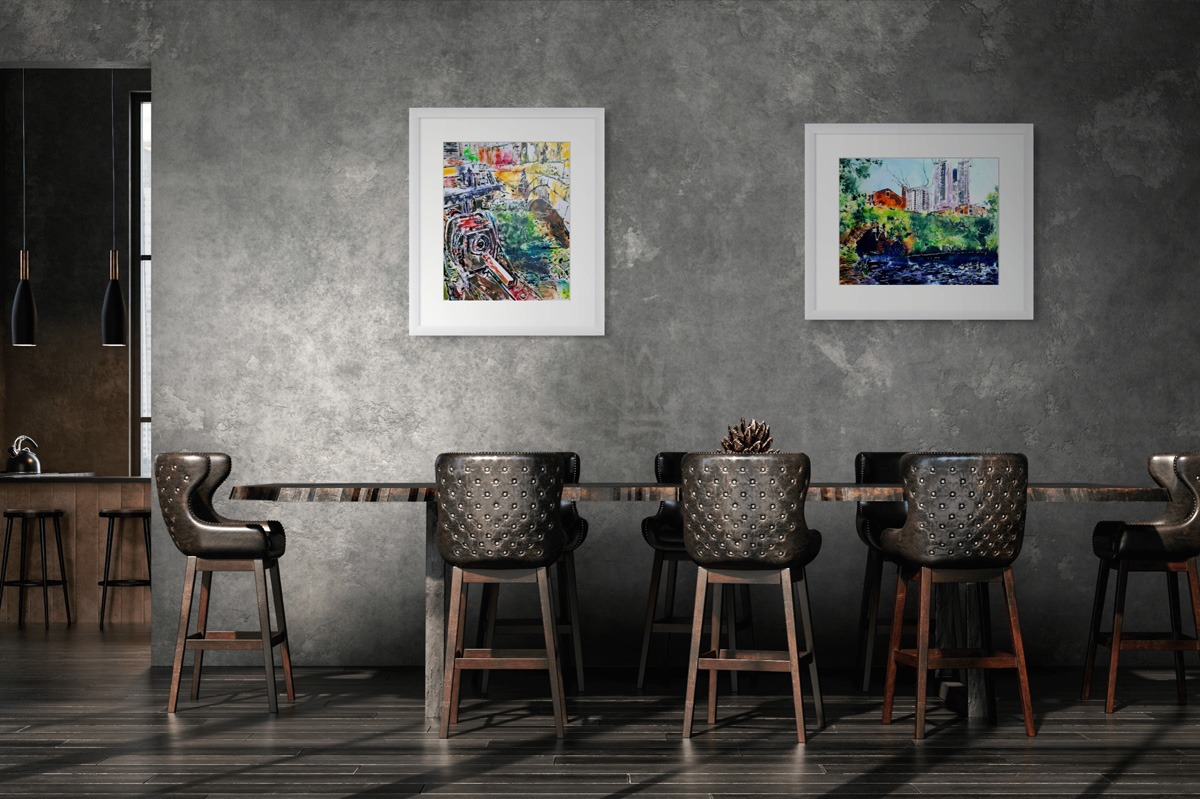
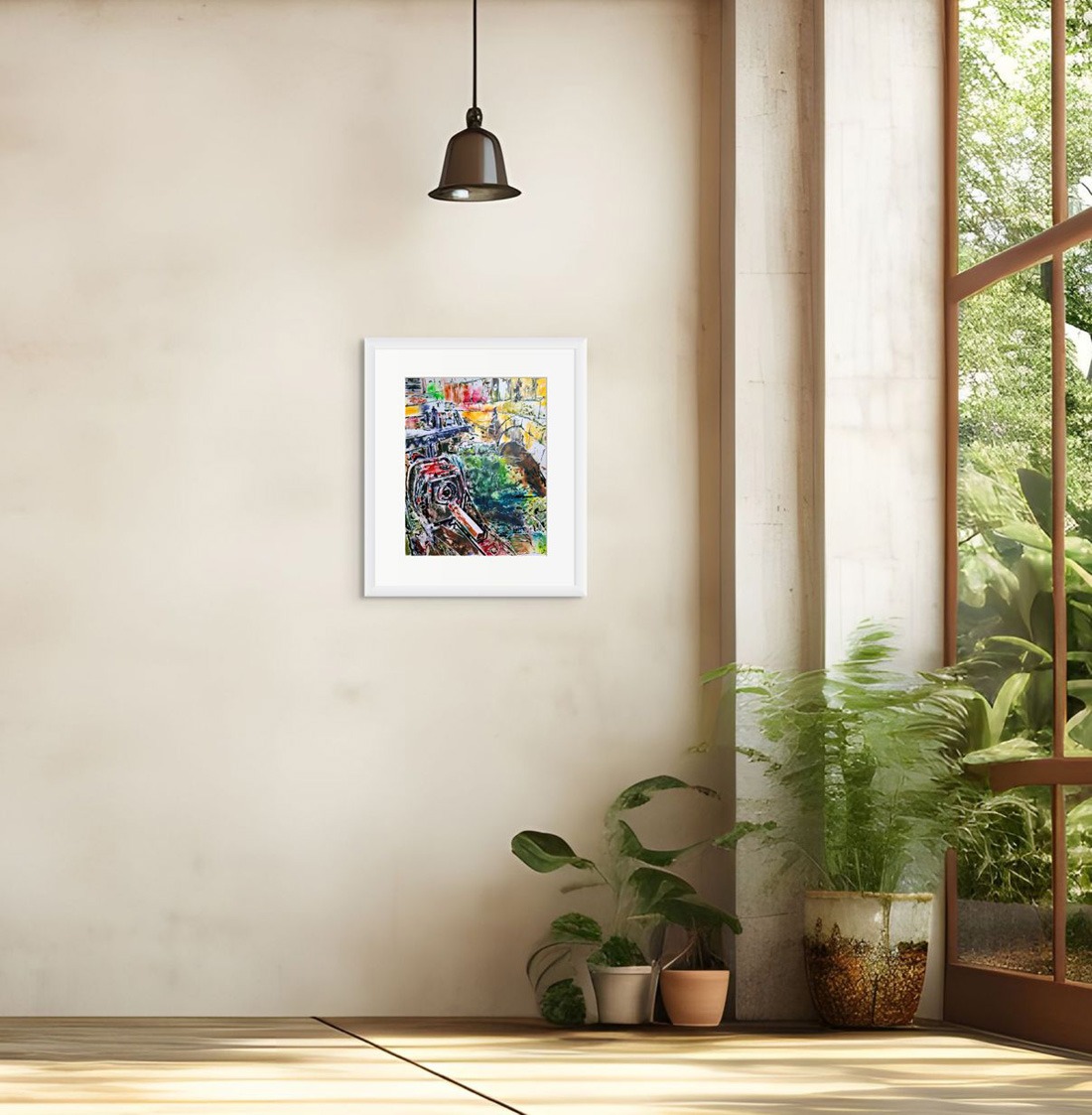
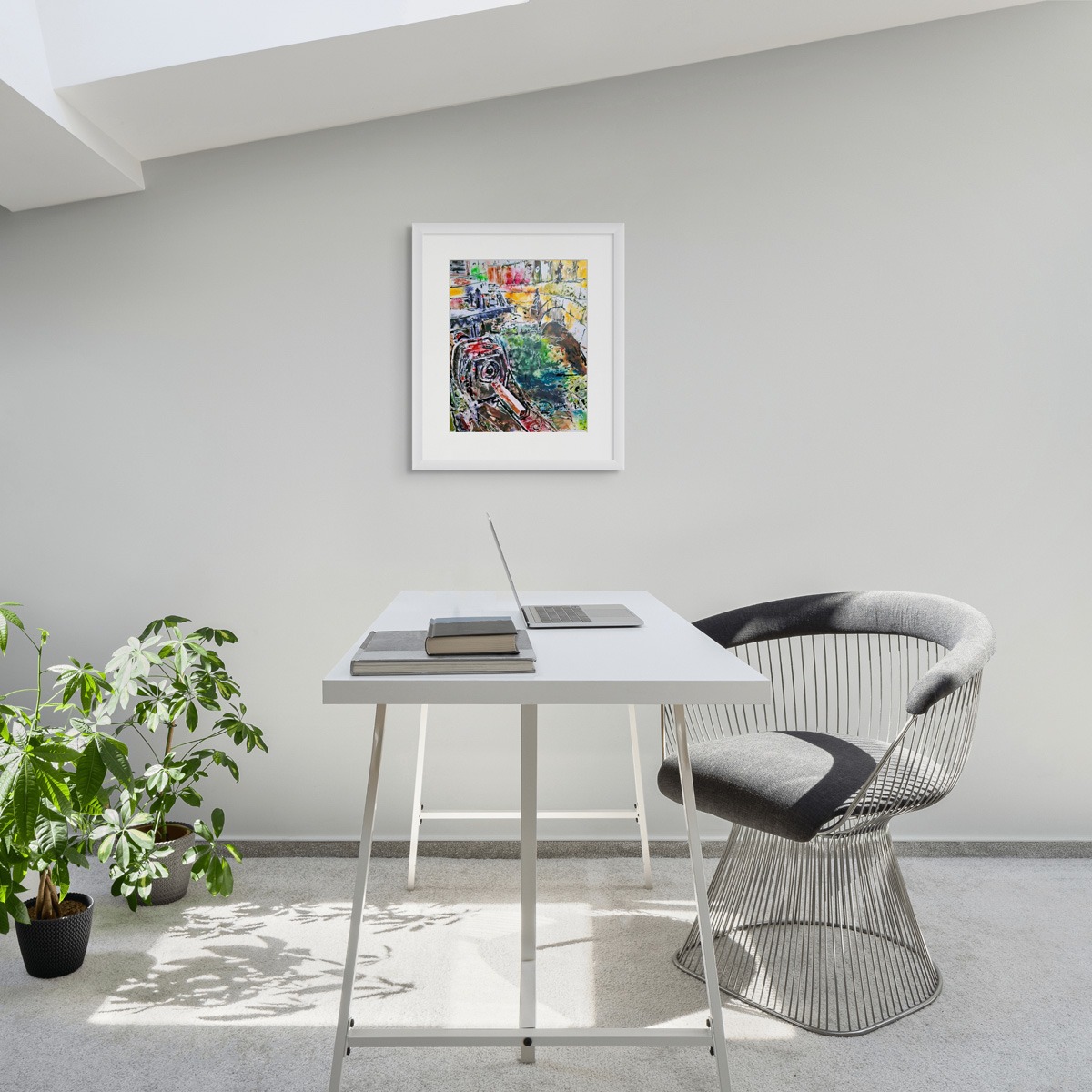
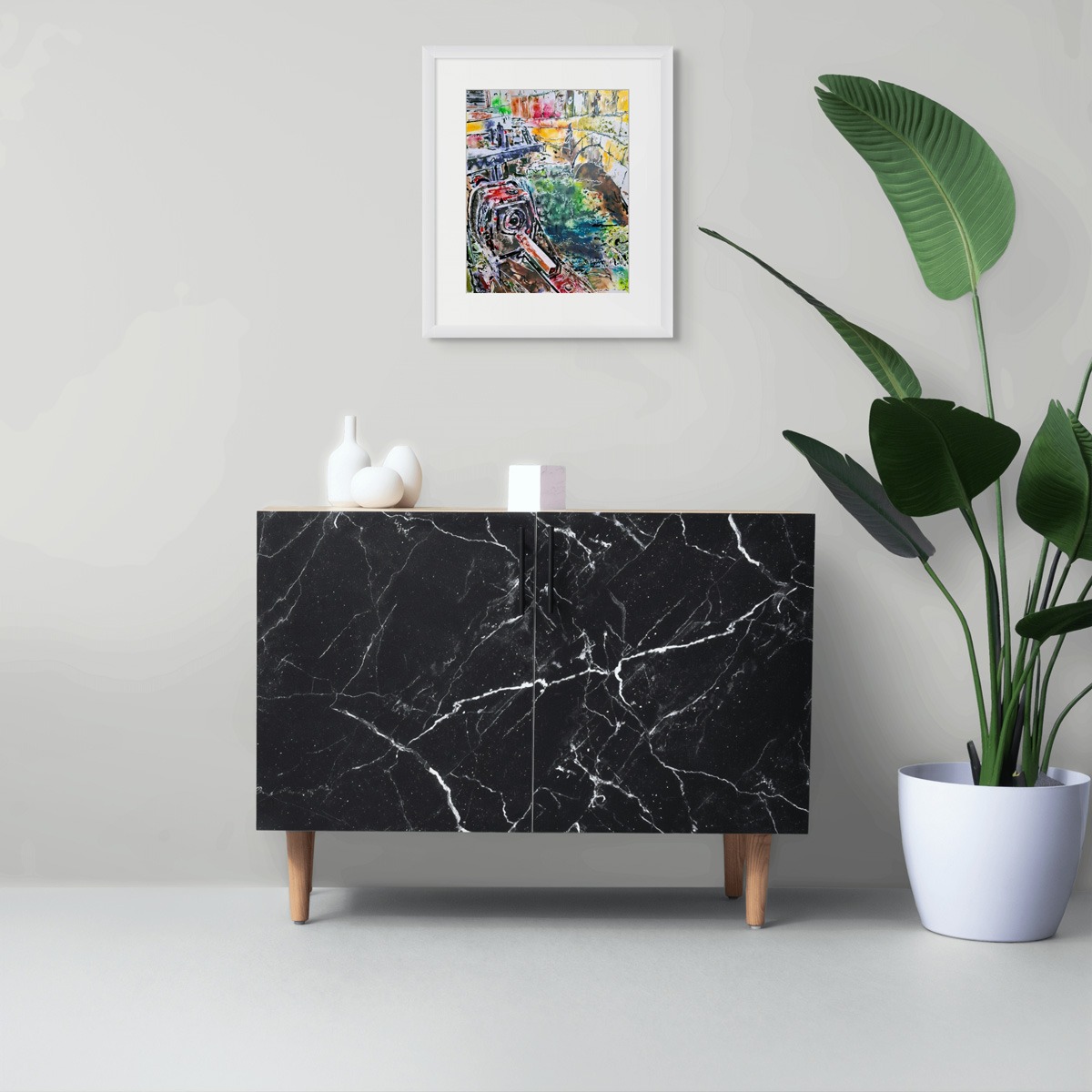
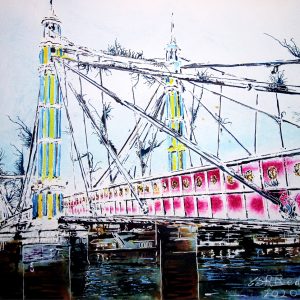
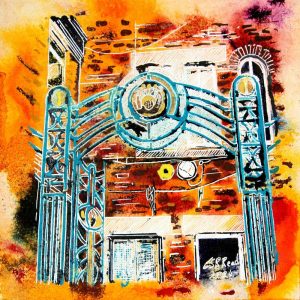
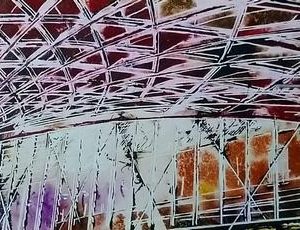
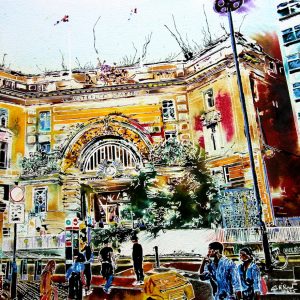
Reviews
There are no reviews yet.